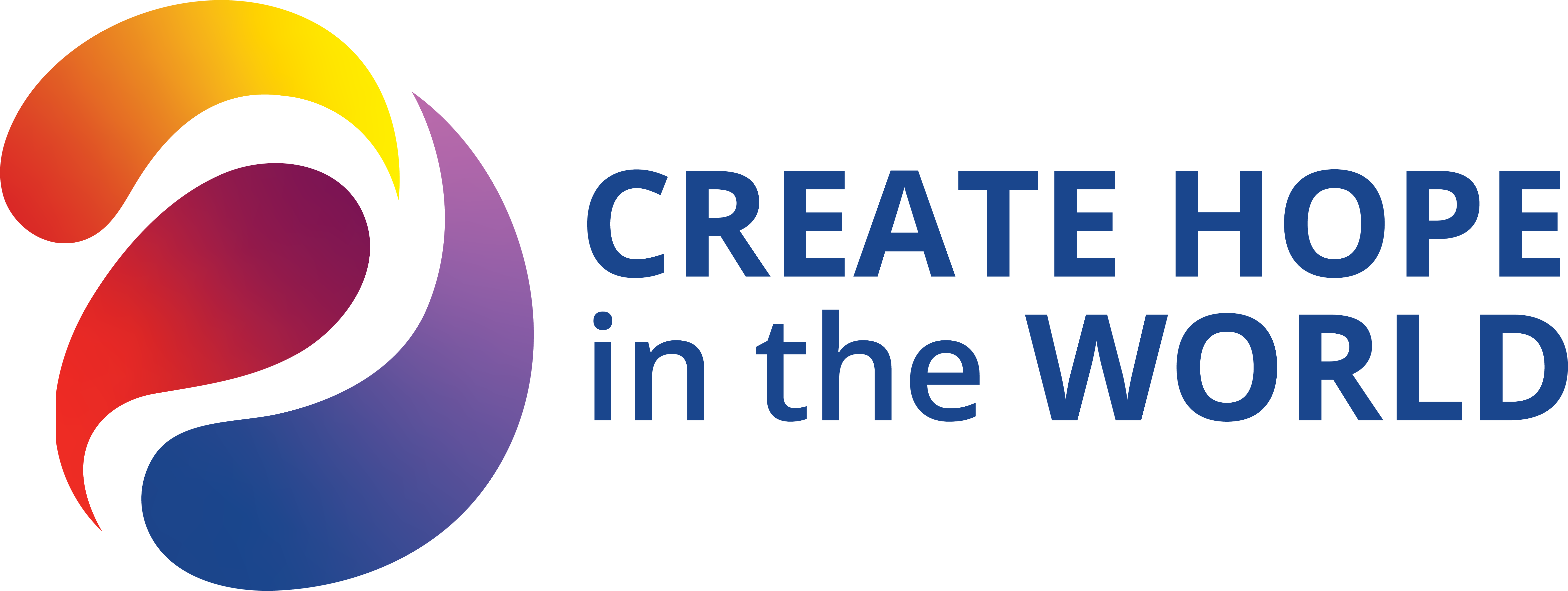George Sanders was our guest speaker Friday and we could immediately understand why Tom Brokaw calls them “The Greatest Generation”. To clarify, Brokaw was referring to the World War II combat veterans who fought the worst battles imaginable. George Sanders is that kind of person. He was born in Hungary by an American mother and Hungarian father. His father owned a gentlemen’s farm but passed away when George was ten years old. At that time the government would not recognize his mother as a citizen being American, and confiscated all properties and assets. His mother returned to the states and George followed by age fourteen with his two sisters. He settled in Elmhurst, Long Island but found it awkward due to the language barrier; he did not speak a word of English. During high school he vowed he would learn English before graduation. When he did graduate he and a buddy joined the Air Force and he went off to Florida for basic training while his friend could only qualify for the Coast Guard. After basic training George was sent to Ft. Scott to become a B-26 gunner, that plane was known as the flying coffin since not many returned from missions. After gunner training and brief conversations with officers he was shipped to Camp Richie (Baltimore) where he had a staff car waiting for him to arrive. Wondering what was going on, he was taken to military intelligence training where for seven days a week he trained in a camp that was split half German, half English. There were secret classifications such as Photo, Interrogation, and Intelligence. Photo analysis was done looking at 3D enhanced aerial photos to determine if enemy tanks or troops were hiding in forests or under trees. The Interrogation classification taught him that PFC’s knew little or nothing about troop movements, the Sergeants or above knew considerably more. By May of 1944 he was assigned to the 1st Division for the invasion of Normandy. He was quickly transferred to the 101st Airborne Unit where he learned to jump from C-47 planes on his first day of training and by the third day he had a full field pack with rifle and ammo. On the day of the Normandy invasion there were three waves of jumpers, first the infantry, a second wave, then a group to secure the rear concrete bunker emplacements. Air support helped push the Germans back but it was very slow going and many Americans perished. By December 16th General Eisenhower gave orders to rest and recoup due to heavy fog, snow and weather. The Battle of the Bulge (German Offensive) was launched between December 16th and January 25th through the densely forested Ardennes region of Wallonia in Belgium, France and Luxemburg on the western front and caught the American forces by surprise. George said the forest was so dense you could not move. They were out numbered nine divisions (Germans) to five for the U.S. General Taylor took over command and held on in Bastogne and defeated the Germans when general Patton arrived. After the Germans surrendered George was assigned to Operation Magic Carpet, which was to repatriate three million soldiers back to the U.S. We also had 1.5 million German prisoners who had to be sent back to Germany. This took over six months to complete with the help of four hundred troop ships, and eighteen hospital ships. Now we know why they are referred to as the Greatest generation, the American soldiers who served helped save the free world. Thank you George, for your service and dedication to freedom.
(Pat Dolphin)

 Let’s Recap! 4/19/24
Let’s Recap! 4/19/24